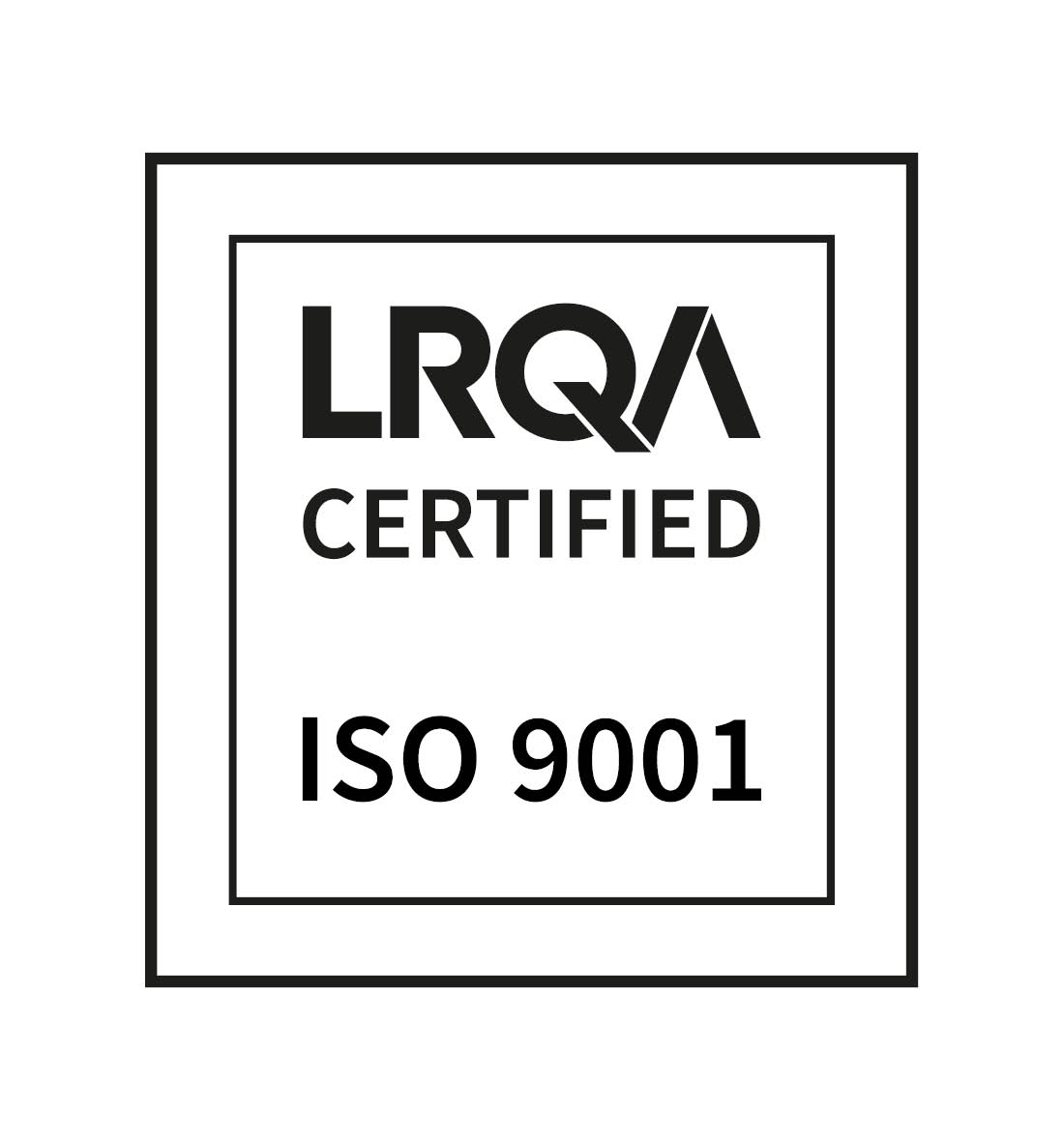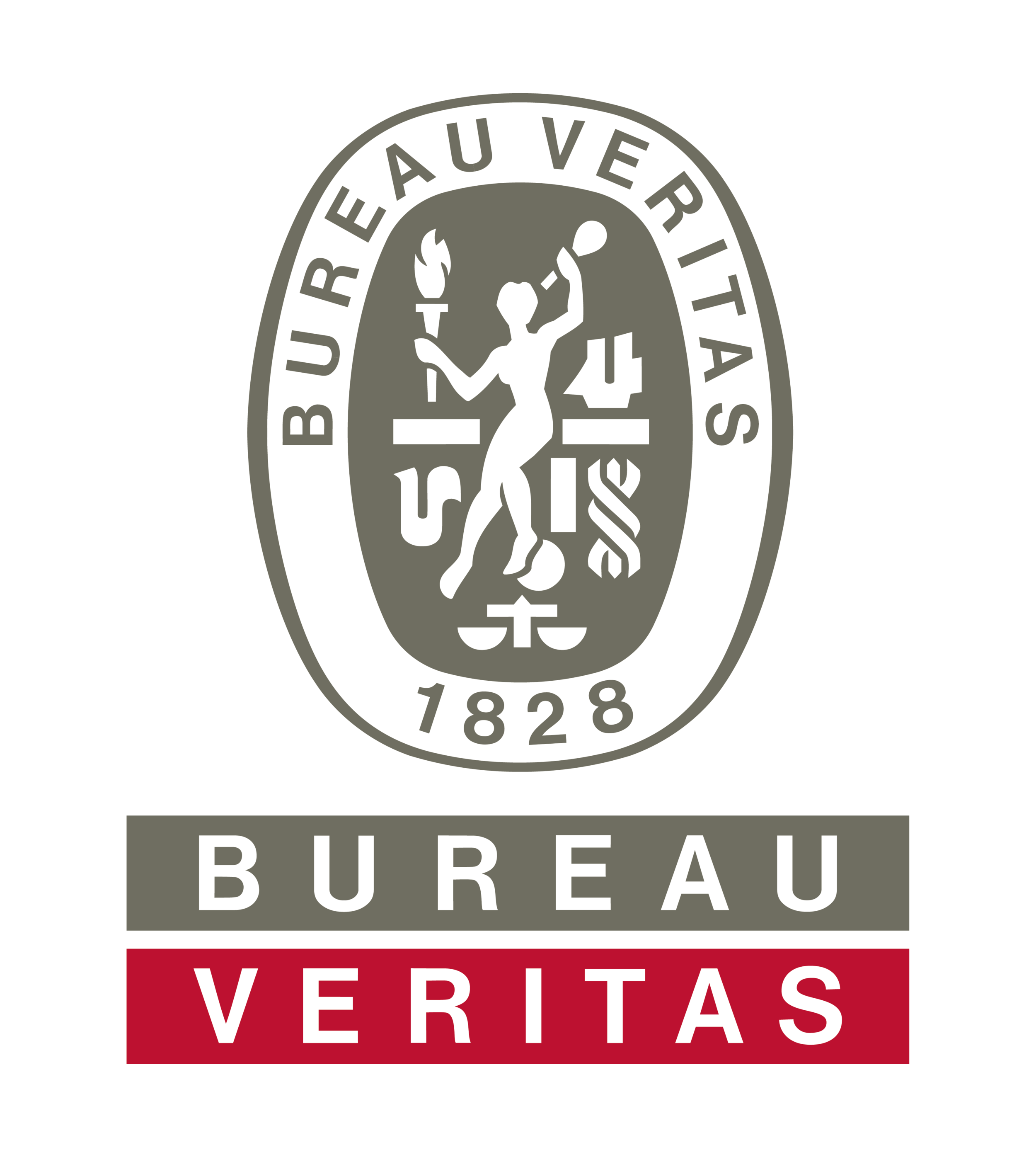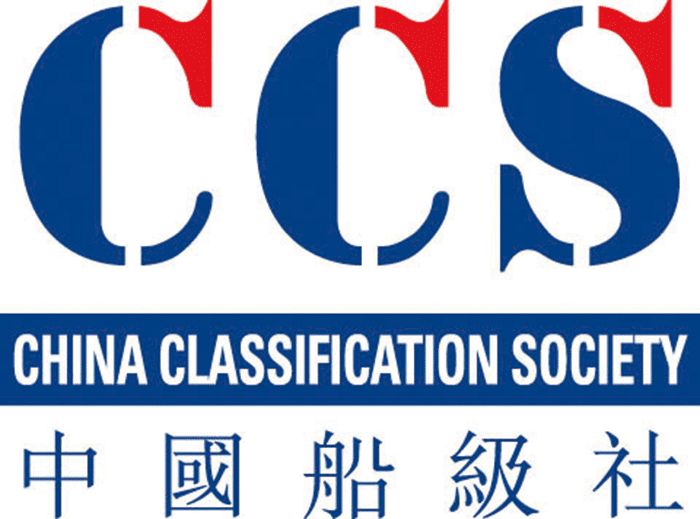Have you seen our Top 10 Guides to Tank Level Measurement yet? We have produced a guide to help avert some of the risks and issues that can arise when installing tank management systems.
Here we summarise the top 10 pitfalls to avoid when planning tank management systems:
- Understand different tank gauging solutions and their functions is crucial. Don’t get caught unaware – research the options!
- Choosing the wrong type of measurement technology (pneumatic, hydrostatic, non-contact, etc) can lead to inaccurate readings. Select the best fit for your needs.
- Not factoring in realistic lead times for system design, manufacturing, and delivery can increase delays in your project timeline. Really think about how long each stage will take.
- Inaccurate specifications for measured liquids, tank calibration tables, and sensor placement can cause major headaches down the line. Provide precise information for a seamless setup.
- Not considering all expenses, including logistics, when budgeting for your tank management system can increase costs.
- Not only do you need accurate specific gravity (SG) initial values, but also to ensure that the system selected can easily accommodate changes in service that might require updates.
- Tank tables in editable formats (like Word or Excel) are crucial for accurate translation into the monitoring system. Avoid formats such as scanned documents.
- Careful sensor selection matters, e.g. choosing absolute sensors, when gauge pressure sensors would provide better resolution, will compromise the system accuracy.
- Don’t leave external system interfaces unspecified. Clearly define how your tank management system will interact with other existing programs.
- Having an engineer oversee installation, system setup, and warranty validation ensures everything functions correctly from the start.
By avoiding these mistakes, you will be well on your way to a successful tank management system implementation that saves you time, money, and hassle.













